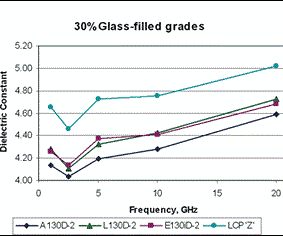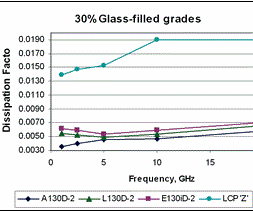Boron Nitride Processing Aid Boosts Quality of mLLDPE Film
Compounders and processors of mLLDPE blown film who are looking for improved processability and film quality at comparable or even lower total cost may want to take a look at a new family of boron nitride (BN) processing aids.
Compounders and processors of mLLDPE blown film who are looking for improved processability and film quality at comparable or even lower total cost may want to take a look at a new family of boron nitride (BN) processing aids. Called CarboGlide, this family is said to be a step beyond standard fluoropolymer processing aids.
Research on BN in polyolefins, previously focused on tubular extrusion and wire coating, now has been expanded to blown film. BN producer Saint-Gobain Advanced Ceramics Corp. (formerly Carborundum Corp.) in Amherst, N.Y., is the exclusive licensee of a technology for incorporating BN particles in polyolefins and fluoropolymers, for which DuPont received a process patent in 1997. Says Saint-Gobain product and market manager Stephen Lyle, "We have learned that BN is only a piece of the puzzle. BN is one of the components of CarboGlide, a proprietary family of process aids." Saint-Gobain hopes to gain FDA food-contact approval for certain grades of CarboGlide this year.
Numerous benefits
In the past year, Saint-Gobain has experimented in blown film using Exceed mLLDPE grades from ExxonMobil Chemical. Results reportedly show that CarboGlide permits processing at significantly higher shear rates without melt fracture. By extending the processing window of mLLDPE, CarboGlide enables higher throughputs than can be obtained with fluoropolymers while maintaining comparable or lower cost.
In one test, virgin mLLDPE film was run at 16 ft/min at constant extruder pressure of 5000 psi. Throughput with 800 ppm of fluoropolymer processing aid increased to 28 ft/min, while throughput with only 400 ppm of CarboGlide was 54 ft/min (see Fig. 1). Lyle says subsequent tests have shown similar throughput with only 250 ppm of CarboGlide.
Additional benefits are said to be improved gauge control and clarity. The data show much more consistent film thickness, promising reduced resin consumption, says senior R&D engineer Eugene Pruss (Fig. 2).
The mLLDPE film made with CarboGlide showed 65% light transmittance vs. 58% with fluoropolymer and 40% for virgin mLLDPE. Preliminary data also indicate that CarboGlide can be used to vary the coefficient of friction (COF).
CarboGlide CG2110, available as a 100%-active concentrate or as a 1-10% masterbatch, costs $40-$50/lb, about three to four times as much as fluoropolymer process aids. However, the overall cost of CarboGlide is about 1¢/lb of film. This is equal to or less than what mLLDPE film processors are currently paying for fluoropolymer process aids, according to Lyle.
Related Content
-
The Effects of Time on Polymers
Last month we briefly discussed the influence of temperature on the mechanical properties of polymers and reviewed some of the structural considerations that govern these effects.
-
Lanxess and DSM Engineering Materials Venture Launched as ‘Envalior’
This new global engineering materials contender combines Lanxess’ high-performance materials business with DSM’s engineering materials business.
-
The Effects of Stress on Polymers
Previously we have discussed the effects of temperature and time on the long-term behavior of polymers. Now let's take a look at stress.

















